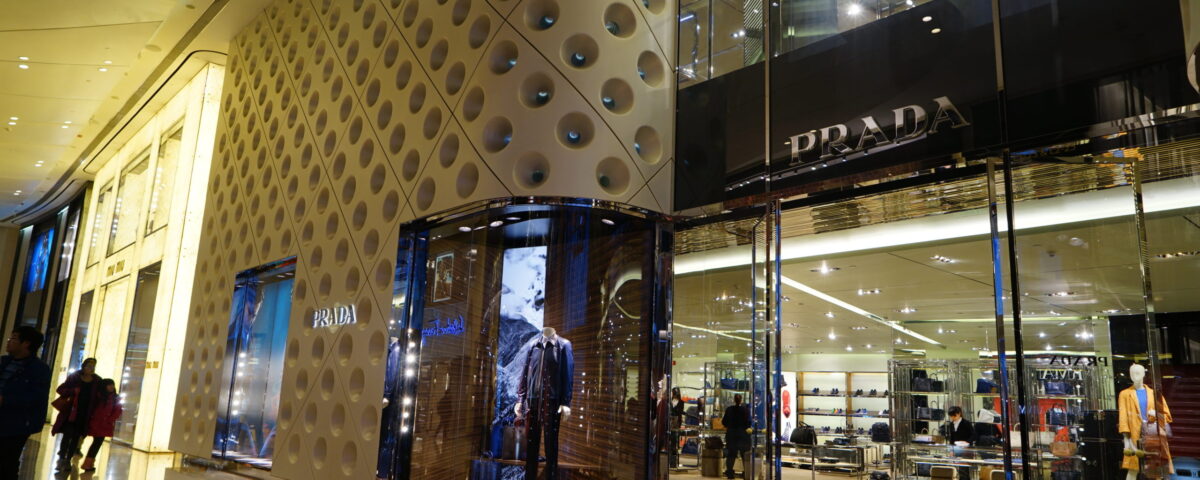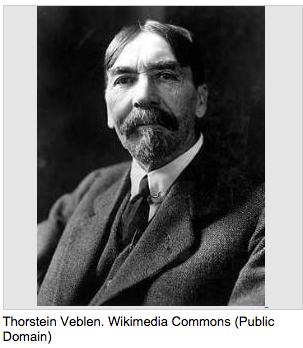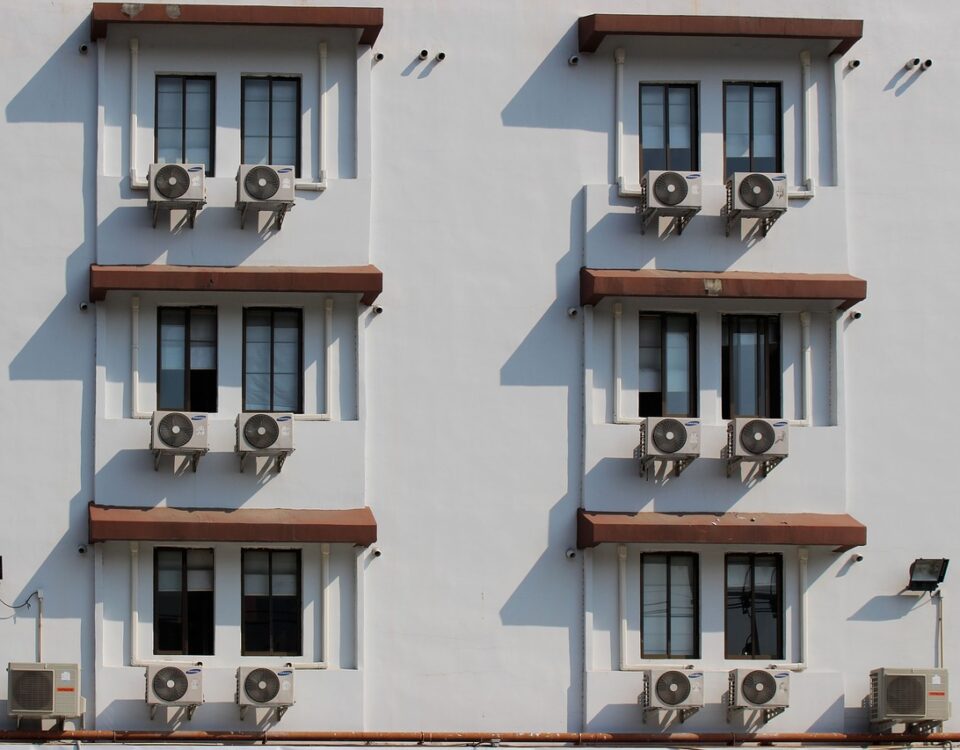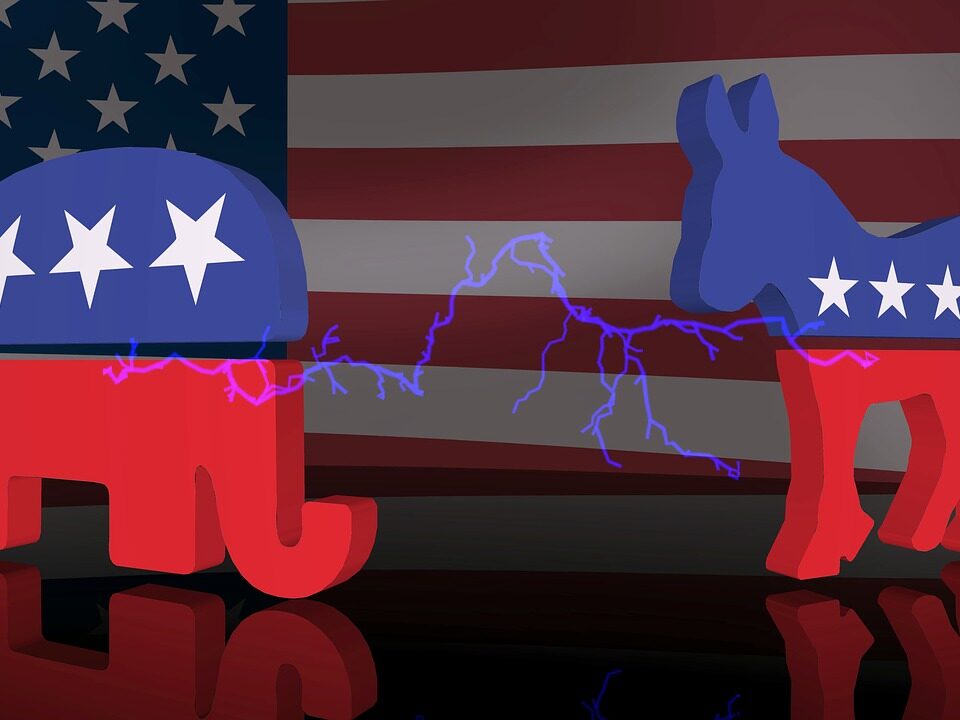
Why a Dollar Coin Might Not Be Money
April 6, 2015
What Gorgeous Money Looks Like
April 8, 2015Some wealthy Chinese consumers seem to think that Prada has become “ordinary.” Aspiring to convey their elite status, they are avoiding luxury brands that the less affluent can afford. As a result, because their middle class popularity is exploding, Louis Vuitton, Prada and Gucci are getting slighted by high-end consumers. Business Insider quoted a billionaire consumer saying about Louis Vuitton, “”Everyone has it. You see it in every restaurant in Beijing. I prefer Chanel or Bottega Veneta now. They are more exclusive.”
In this luxury spending pyramid, you can see that Prada’s leather goods and clothing for women and men are classified as “accessible core.”

Where are we going? To China’s asirational middle class
China’s Middle Class
The middle class can have so many different meanings. For China, a working paper from Johns Hopkins suggests we limit our definition to a modern, urban lifestyle and a white collar occupation. As a result, China’s current middle class numbers would be no greater than close to 50 million or six percent of her population. However, below, you can see that only five years from now, those numbers will multiply:

From: “China’s Middle Class: Content in the ‘Middle Income Stratum’ or Seeds of Political Change?”
More specifically, the author of the The Bling Dynasty provides an identity to China’s middle class through five prototypes. His least affluent individual speaks no English, is 26 years old, lives in a “third tier city,” and is a manager in a Chinese textile factory. Looking at our luxury goods pyramid (above), he purchases items at the bottom. Next up on the affluence ladder, able to afford the “accessible core” of the pyramid is a 30 year-old man who runs a property business. Then, continuing up the pyramid, we meet a 22 year-old woman who works in advertising, attended college and is upward bound with a more affluent boyfriend who buys her presents from Tiffany. After that, we have ascended into an affluent minority of white collar executives.
Summarizing middle class aspiration in China (and indeed anywhere), we can quote a young woman on a Chinese dating show who was asked what she wanted in her man. She replied “To be honest, I’d rather cry in the back of a BMW than laugh on the back of a bicycle.”
Our Bottom Line: Conspicuous Consumption
According to economic thinker Thorstein Veblen (1857-1929), affluent consumers try to convey their power and wealth through excessive leisure and shopping. Servants and employees help the affluent do less while their money lets them signal their status by buying more. As expressed by Veblen, “The members of each stratum accept as their ideal of decency the scheme of life in vogue in the next higher stratum, and bend their energies to live up to that ideal.”
Isn’t Veblen is describing our luxury shopping pyramid?
![econlifelogotrademarkedwebsitelogo[1]](/wp-content/uploads/2024/05/econlifelogotrademarkedwebsitelogo1.png#100878)





